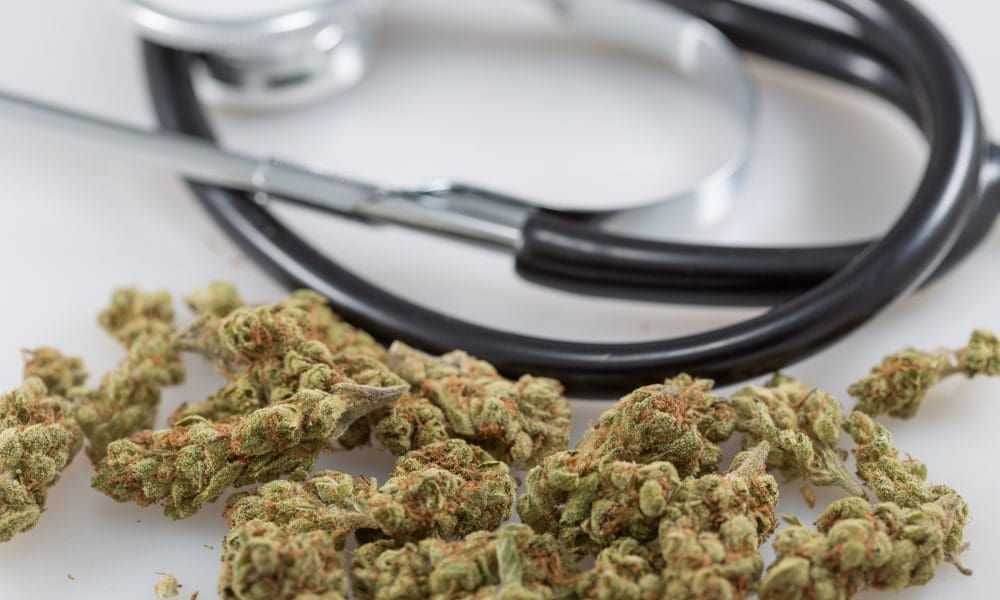Maryland’s newly launched recreational cannabis market raked in $87.3 million in July, doubling the previous month’s medical sales, state data showed, reflecting a regional trend of booming initial sales.
With neighboring states Pennsylvania and Virginia yet to roll out recreational cannabis sales, Maryland’s relatively small footprint of 12,400 square miles has become a hub for out-of-state traffic. But some industry watchers expected an even bigger sales jump, given the state’s preparedness: 102 dispensaries were ready to serve the recreational market on day one.
More context behind the performance suggests a moderate start compared to other U.S. states, according to a report from Zuanic & Associates.
“This is still a good a start in the context of other states,” Pablo Zuanic wrote. “Also, (Maryland) had a well-developed medical market as it began rec sales. Let’s see what the next six months bring.”
Stretching the Horizon
Comparatively, Missouri saw its sales triple half a year after launching its recreational market in February. In that time, the state recorded combined medical and recreational cannabis sales of $123.2 million, with a notable inflow of consumers from neighboring states where prices and taxes were higher.
Connecticut, which began recreational sales in January, witnessed sales double in six months. However, this growth was somewhat stunted by a limited number of stores. Only a dozen out of the 18 medicinal stores are allowed to sell recreational cannabis so far.
In New Jersey, where adult-use sales started in April 2022, sales tripled within six months. The state recorded $179.3 million in sales in the first quarter of 2023, up from $59 million in the last quarter of 2021.
Industry experts believed Maryland’s well-established medical market could provide a stable foundation for the recreational sector. Maryland had 164,000 certified patients, or 2.7% of its population, as recreational sales took off.
Other states with older recreational markets continue to report meaningful sales figures, hinting at Maryland’s potential trajectory.
Massachusetts, for instance, recorded sales of $154.7 million in July. While its post-recreational sales boom was skewed due to an underdeveloped medicinal market, the state now enjoys one of the highest store densities in the nation, with one store per every 17,500 people.
Michigan’s numbers were even more compelling, continuing to break records with July sales reaching $276.7 million, most of which were recreational sales.
Meanwhile, Illinois, which started adult-use sales in 2020, noted a sixfold growth since the pre-recreational era, despite challenges like slower store openings. But it still lags behind Michigan in per capita spending.
While the recreational market’s growth is evident across the board, the impact on medical cannabis sales varies. In Michigan, medical sales have plummeted by 80% since their peak, while Arizona saw a 57% drop. New Jersey’s medical sales fell by 40% within a year of introducing the recreational market.
“For the most part, our read is that, typically, ahead of rec legalization, one-third to half of med is what we would call ‘pseudo rec,’” Zuanic wrote. “The actual impact will be a function of the strength of the rec market (access, assortment, prices), and of how developed the med market was before the start of rec sales.”
Zuanic suggested watching Maryland’s medical sales as an indicator of how well the recreational market is settling in.
Read More Feedzy


